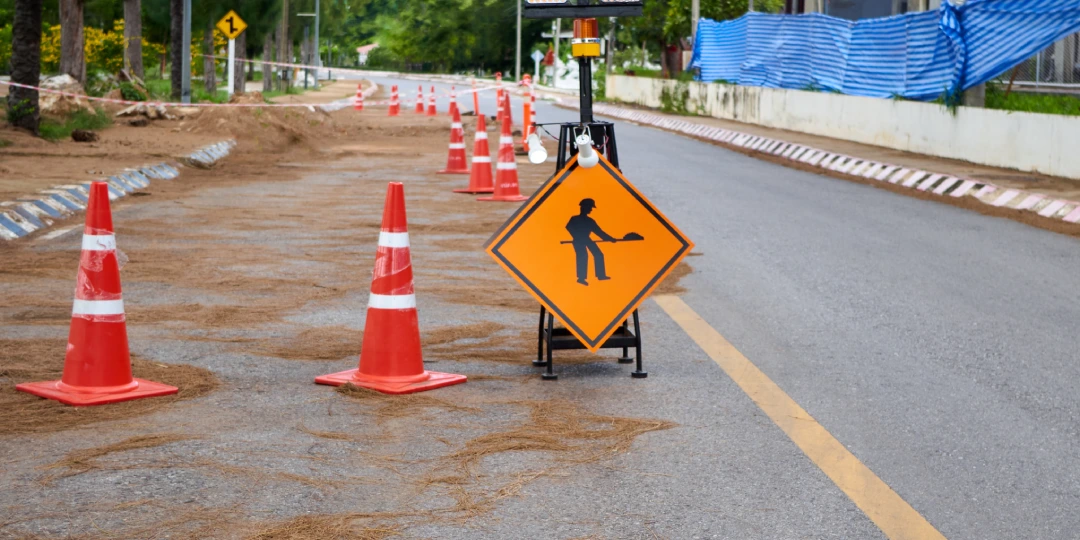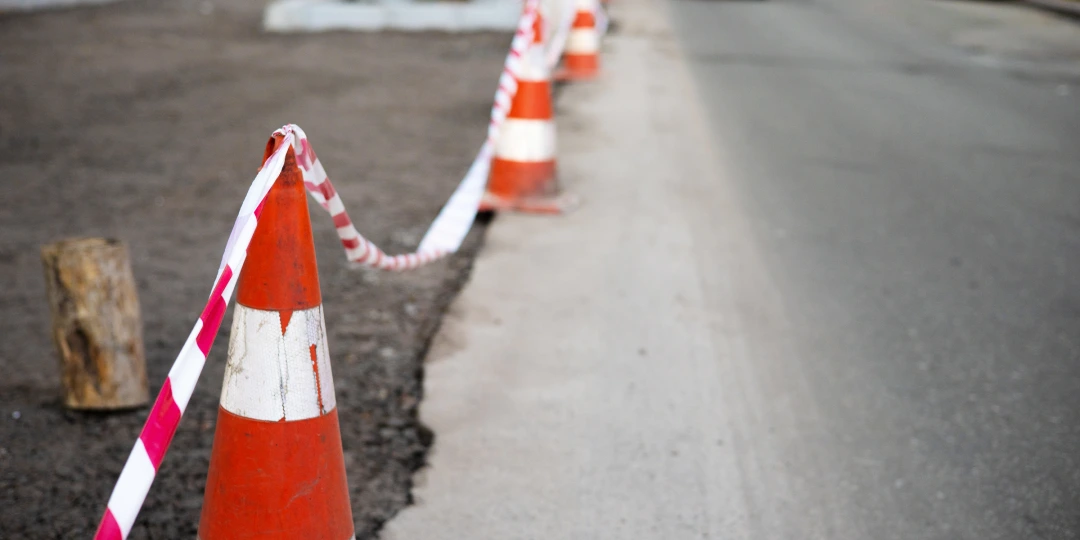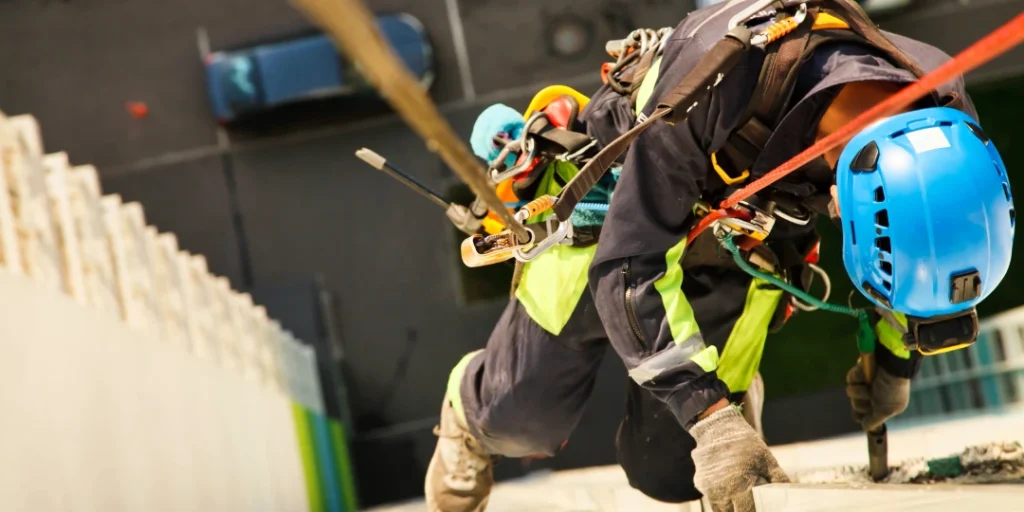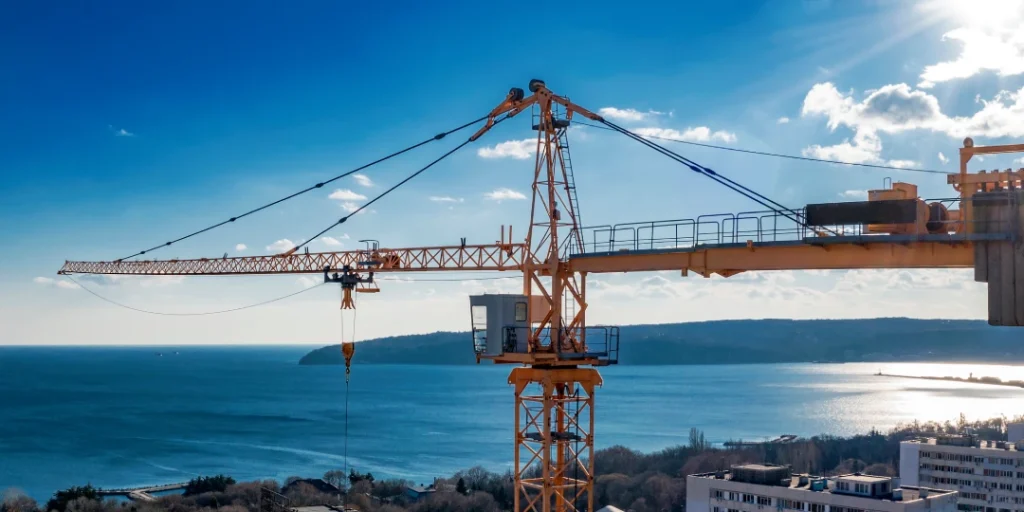
Regulatory Standards Governing Flagging Practices
Flagging is governed by a robust set of federal and state-level regulations designed to standardize safety and maintain consistency across work zones. Chief among these is the Manual on Uniform Traffic Control Devices (MUTCD), which outlines comprehensive directives on how and when flagging should occur. These standards cover everything from flagger positioning to acceptable attire, equipment specifications, and required signage. For construction teams operating in Tennessee, compliance with Tennessee Department of Transportation (TDOT) protocols is equally essential. Regulatory adherence isn’t optional—it’s a legal and ethical obligation.
The role of flagging in regulatory compliance goes far beyond visual cues and hand signals. Regulatory bodies emphasize certified training, documentation, and refresher courses for all flagging personnel. This ensures that flaggers are not only knowledgeable but also up to date on evolving practices and situational protocols. In jurisdictions like Nashville, where infrastructure work may be subject to tight deadlines and political scrutiny, flagging compliance can often become a focal point of safety audits and public accountability. A lapse in regulatory standards can invite severe penalties or even bring a project to a halt.
Proper flagging practices also demonstrate a company’s commitment to transparency and public safety. Contractors who prioritize regulatory excellence signal professionalism to both clients and government stakeholders. In contrast, firms that neglect flagging protocols risk reputational damage, loss of licensure, and exposure to liability in the event of an incident. In this way, flagging becomes a litmus test for a company’s operational discipline and its broader safety culture. By anchoring their practices in regulation, companies like Fortier Loss Control affirm their dedication to best-in-class traffic control solutions.
Essential Equipment and Uniforms for Flagging Personnel
Flagging is not simply a matter of standing at a road’s edge with a sign—it requires a comprehensive toolkit designed to enhance visibility, communication, and protection. The most recognizable elements include high-visibility apparel, typically fluorescent vests with retroreflective stripes, engineered to catch a driver’s attention in both daylight and low-light conditions. These garments meet ANSI/ISEA Class 2 or 3 safety standards, depending on traffic speed and volume. Without this attire, even the most skilled flagger becomes a liability in a sea of moving metal and distraction.
Beyond clothing, flagging demands the use of specialized equipment tailored for efficiency and compliance. Stop/Slow paddles, mounted on lightweight poles, offer drivers unmistakable directives from a distance. Two-way radios allow flaggers to coordinate in real time across larger sites, ensuring synchronized traffic movement from multiple access points. In high-risk areas, portable traffic control devices—such as Automated Flagger Assistance Devices (AFADs)—provide additional support by automating some tasks while flaggers remain in supervisory roles. Cones, signage, hard hats, and safety boots complete the essential ensemble.
The consistency of equipment use across job sites reflects not only safety standards but operational professionalism. Flagging conducted with substandard or missing gear exposes workers and the public to unnecessary risk. It also weakens a contractor’s legal standing should an incident occur. For firms like Fortier Loss Control, maintaining equipment quality is a matter of daily routine. Their flaggers arrive on-site with well-maintained, regulation-compliant gear, signaling their readiness and reinforcing trust among contractors, municipalities, and the communities they serve. In flagging, preparedness is not optional—it’s life-preserving.
Flagging Techniques: Hand Signals, Devices, and Protocols
Flagging, when performed correctly, is a deliberate choreography of gestures, equipment usage, and procedural discipline. At the heart of this system lies a suite of time-tested techniques designed to convey intent quickly and unmistakably. Hand signals are foundational—simple in appearance but critical in execution. A raised palm to stop traffic, a slow sweeping motion to proceed—each action must be carried out with clarity, precision, and timing. These gestures are not improvised; they are standardized and regulated, ensuring that motorists, regardless of location or familiarity, understand what is being communicated.
Complementing these hand signals are essential flagging devices. The STOP/SLOW paddle, often used in conjunction with hand signals, serves as a universally recognized visual command. In high-speed or low-visibility zones, illuminated batons or LED wands may be deployed to increase signal reach. Increasingly, Automated Flagger Assistance Devices (AFADs) are being used in tandem with human operators to manage repetitive tasks while allowing the flagger to monitor conditions and intervene when anomalies arise. These tools don’t replace human intuition but enhance a flagger’s range and effectiveness.
Every technique in flagging is guided by a strict operational protocol—one that aligns with federal and state regulations. This includes rules about positioning, spacing between flaggers on multi-access sites, and how to communicate during shift changes or emergencies. Flaggers are trained to assess speed limits, terrain, visibility, and driver behavior to adjust their approach accordingly. In dynamic environments like those found throughout Nashville’s arterial corridors, adaptability is key. Effective flagging requires constant recalibration of tactics based on weather, traffic flow, and project phasing, all while maintaining the unwavering goal of safety.

Common Challenges Faced by Flaggers in Urban Areas
Flagging in an urban environment introduces a spectrum of challenges that differ significantly from those on rural or low-traffic sites. In cities like Nashville, flagging professionals must contend with densely packed traffic, impatient commuters, unpredictable pedestrian movement, and the ever-present risk of driver distraction. A single miscalculation—be it a misunderstood signal or a delay in response—can result in a chain reaction of hazards. The urban context demands heightened vigilance, constant motion analysis, and rapid adaptation to continuously changing stimuli.
Another formidable challenge in urban flagging is limited physical space. Construction crews often work within inches of live traffic lanes, leaving minimal room for error. Flaggers must position themselves strategically to remain visible to oncoming drivers while avoiding blind spots created by parked vehicles, construction barriers, or roadside signage. Additionally, they must anticipate the behavior of pedestrians who may ignore detour signs or enter restricted areas. These challenges require advanced spatial awareness and proactive communication skills, elevating flagging to a form of tactical engagement.
The psychological demands on urban flagging personnel are equally taxing. Operating in a high-stress environment for extended periods, often amid inclement weather or noise pollution, takes a mental toll. Drivers may be confrontational, passengers distracted, and timelines unrelenting. Flaggers must remain calm, composed, and authoritative—traits cultivated through experience and training. Fortier Loss Control equips its Nashville-based teams with both the technical tools and psychological resilience to face these challenges head-on, ensuring that every decision made in the field upholds safety, precision, and public trust.
How Fortier Loss Control Trains and Deploys Flagging Experts
Flagging at Fortier Loss Control is not treated as a peripheral task—it is a core discipline underpinned by methodical training, stringent quality controls, and strategic field deployment. Every prospective flagger undergoes a rigorous onboarding program that includes both classroom instruction and practical simulation. The curriculum is aligned with MUTCD and TDOT standards and tailored to account for the high-traffic, high-stakes environments typical of Nashville job sites. Training includes hazard recognition, traffic psychology, equipment handling, and crisis response, ensuring that each individual is well-rounded and field-ready.
Once trained, flagging personnel are assigned to projects with intentionality. Fortier Loss Control takes into account job site complexity, location-specific challenges, and individual flagger strengths when scheduling deployments. Teams are assembled to ensure complementary skill sets, allowing more experienced flaggers to lead in volatile zones while others support on ingress and egress points. Communication systems are standardized across the workforce, facilitating seamless updates, site briefings, and incident reporting. This ensures cohesion on the ground and accountability across the organization.
Fortier also emphasizes continual professional development. Flagging is not static—it evolves with technology, legislation, and urban planning trends. Fortier’s experts undergo periodic refresher courses, equipment training updates, and scenario-based drills. Field supervisors regularly audit flagging operations, providing feedback and support to maintain high performance standards. This commitment to excellence ensures that every flagger representing Fortier is not only technically competent but also mentally prepared, situationally aware, and empowered to safeguard the lives and assets within their zone of control.
Benefits of Professional Flagging for Construction Firms and Communities
Flagging provides a return on investment that extends far beyond immediate traffic control. For construction firms, professional flagging minimizes liability, streamlines logistics, and enhances crew productivity. When flaggers efficiently manage vehicle and equipment movement, work can proceed with fewer interruptions and less downtime. This operational fluidity translates into on-time project completion—an outcome that resonates with stakeholders, clients, and city officials alike. In a competitive bidding environment, having a reputable traffic control partner like Fortier Loss Control can be a differentiating factor that wins contracts and maintains credibility.
Communities also benefit significantly from effective flagging. Residents and local business owners often view construction as a nuisance, particularly when it impacts daily commutes, parking access, or pedestrian routes. Professional flagging mitigates these frustrations by creating clearly communicated pathways, managing congestion, and reducing the likelihood of incidents. Polished flagging teams are trained in public interaction, offering clear instructions with a calm and courteous demeanor. Their presence helps create a sense of order in environments that would otherwise be chaotic, enhancing the community’s perception of the project at hand.
The safety benefits of expert flagging are perhaps the most critical of all. Every construction zone introduces hazards—uneven pavement, shifting traffic patterns, limited visibility. Flagging professionals actively reduce the risk of injury to workers, motorists, and pedestrians by maintaining strict control over flow and access. Their role is preventive, not reactive. By identifying potential issues before they escalate, flaggers act as sentinels on the perimeter of risk. The value they bring to a project lies not only in what they accomplish but in what they prevent—accidents, delays, and reputational damage.

Frequently Asked Questions

Conclusion: Reinforcing Safety Through Precision and Professionalism
Flagging is far more than a temporary traffic control measure—it is a strategic safety function that underpins the success of every road construction project. From suburban lane closures to complex downtown infrastructure overhauls, flagging ensures that people, vehicles, and heavy machinery coexist in structured, predictable ways. The precision with which flaggers operate reflects not only their training but their deep commitment to public welfare. When done professionally, flagging reduces chaos, protects lives, and upholds the integrity of the job site.
In a rapidly growing city like Nashville, where the margin for error in construction zones is razor-thin, the importance of expert flagging cannot be overstated. Each intersection managed, each lane redirected, and each pedestrian safeguarded is a direct result of meticulous planning and skilled execution. Fortier Loss Control exemplifies this standard of excellence by deploying trained flagging professionals equipped to meet the city’s evolving challenges. Their approach is not reactive but proactive—anticipating risks and neutralizing them before they impact public safety or project momentum.
Ultimately, flagging represents the intersection of duty and discipline. It is a role that demands respect, rigorous preparation, and a zero-tolerance approach to complacency. Through its commitment to professional flagging services, Fortier Loss Control not only facilitates safe construction zones but also reinforces a broader culture of accountability and operational excellence. As Nashville builds toward its future, flagging will remain a cornerstone of progress—silent, steadfast, and absolutely essential.



